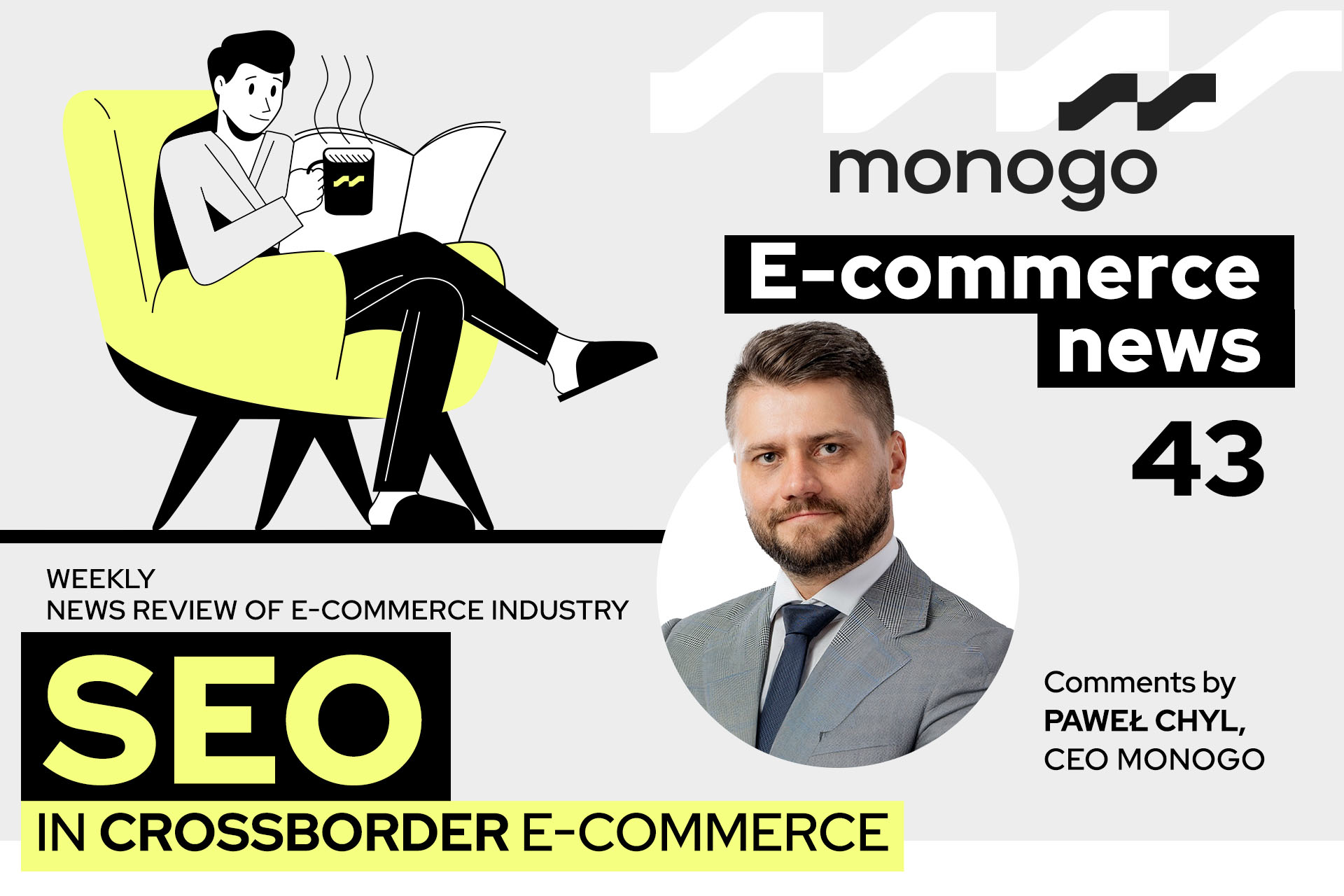SEO in crossborder e-commerce, Monogo E-commerce News, 43

Where to start?
More and more of our customers are starting to sell across borders (cross-border). E-commerce selling to multiple countries can be set up in different ways. You can have:
- separate domains for each country.
- The same domain, where the choice of country is made in the purchase path.
- Language differentiation per region or country.
Depending on what the SEO agency's recommendations are, we implement different models. However, not all of them are super effective.
In order to effectively reach the end customer with content, it is important to realise that each country or region has its own characteristics (language, habits, etc.). Reaching everyone everywhere with a unified offer is not the best idea. It is therefore best to start by creating a landing page for each country or region where you will be selling.
What to look out for?
Simply put, Google penalises pages that have content duplication. Hitting the filters involves a tedious translation process and an uncertain outcome. It is therefore better to create an information architecture and inform search engines from the very beginning.
Any differentiation or adaptation of the web shop to the local customer, even to the smallest extent, should involve adding the appropriate HREFLANG tags to the website code. This HTML attribute is for this purpose. It will enable you to better manage what Google sees and thinks about your shop.
How does Hreflang work?
It is very important to understand how Hreflang works. Take a look at its structure:
.
What is immediately striking is that hreflang is a language and country code. The values it takes are the country or language code (en-us), the code of the language itself (es) or x-default. The latter means everyone else.
Simple, right? Now the more difficult part, how do you put these attributes into a page?
How do you add hreflang quickly and effectively?
Editing shop pages in the code area, can be a challenge. A challenge because you have to make the change in the code, i.e. IT has to deploy the new version to the production servers. If this is the case for you, I would suggest looking towards either Magento or hooking up a headless CMS (such as builder.io) right now. With these tools, you won't have to release changes to production every time.
From this point, you can consider yourself ready with your e-commerce for SEO in multiple regions or countries. Try to adapt at least small amounts of content, customers will appreciate it. Google too, you will be more visible in local search results.
Sources:
Block "core/freeform" is unsupported
